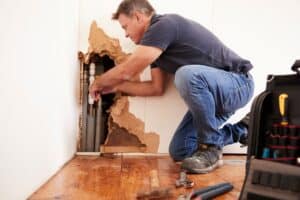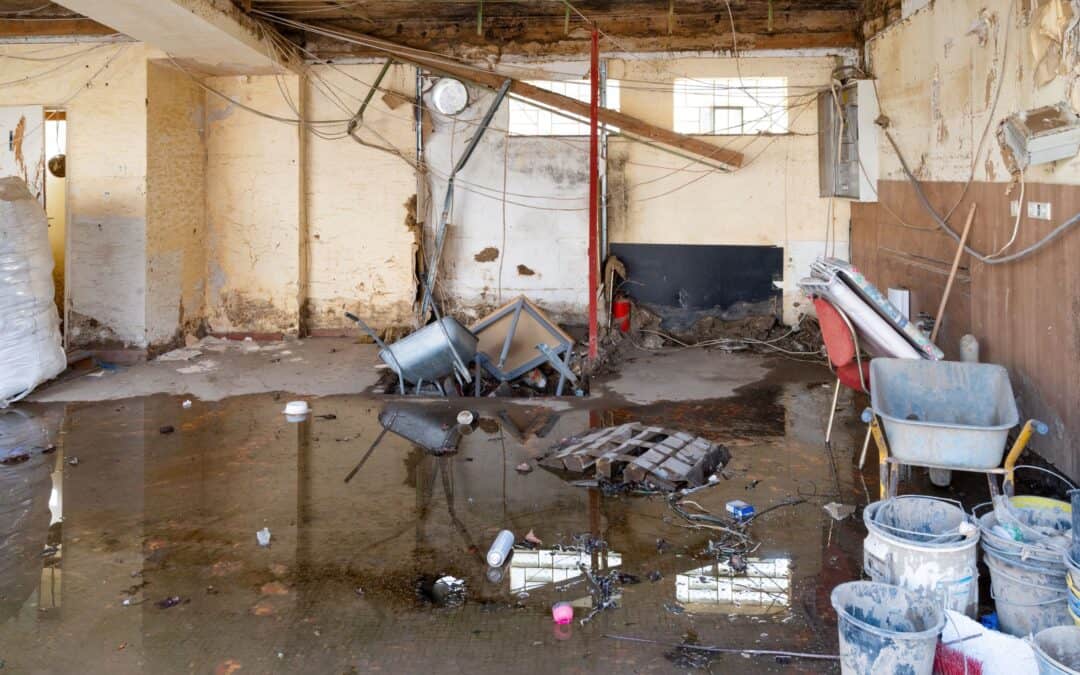Water entering your property can cause a great deal of structural damage and create health hazards if neglected. Thus, when water damage occurs in your home or business, it’s essential to act quickly to minimize its effects.
Causes of Water Damage
If you live in the United States, you know that the country experiences a humid subtropical climate. This means that there are areas that experience heavy rains and thunderstorms throughout the year. These severe weather conditions usually result in water damage from flooding and rain. Other potential causes of water damage in the area include:
- Flooding from heavy rains or storms;
- Leaking or burst pipes;
- Overflowing sinks, toilets, or bathtubs;
- Appliance leaks, such as from a washing machine or dishwasher;
- Roof leaks;
- Foundation cracks that allow water to enter the property; and so on.
Case in point, an Orlando, FL water damage company can often help to address these concerns immediately if you’re a Floridian seeking water damage restoration services. These professionals have the training and experience necessary to quickly and effectively clean up water damage. They’ll be able to advise you on the best course of action for restoring your property.

What You’ll Need For Your Restoration Project
If you want to start a water damage restoration project, be ready to prepare the following:
- Budget
When it comes to preparing for a water damage restoration project, there are a few key things you’ll need to keep in mind. First and foremost is your budget. Water restoration can be expensive as it often requires specialized equipment, contractors, and other expenses.
Many equipment is used for water damage restoration projects to remove excess water and prevent mold growth. The usual equipment used in removing moisture from the air and speeding up the drying process are dehumidifiers, air movers, industrial fans, and drying chambers.
Moisture meters and thermal cameras are also used to measure the moisture content in materials like wood and drywall so that you can determine how much needs to be removed. On the other hand, high-efficiency particulate absorbing (HEPA) air scrubbers are usually used to filter the air and remove any mold spores or other contaminants that may be present.
If you’re cost-conscious, you may wonder if you should do a do-it-yourself or DIY project or hire contractors to do it for you. If ever you decide to go with the latter, it’s important to know that their time and labor may be costly. That’s because the size of the project and the extent of the damage they’ll work on will dictate how many workers you’ll need and how long they’ll need to work.
The extent of the damage may require specialized skills in roof, floor, or pipe repair as well. Mold removal specialists may be needed too. Thus, it’s helpful to remember that the more widespread the damage, the more costly the restoration project will be.
Other factors that should be included in your budget are permits and license costs. Plus, factors such as the type of water damage or its root cause can affect the size of your budget. Thus, it’s important to get a professional assessment of the damage before making any decisions about your project.
- Construction Permit
You may also need to obtain a construction permit from your local municipality before beginning any work. This is typically required for any type of large-scale renovation or construction project.
Another importance of a construction permit is that it’ll help ensure that the work is done up to code and meets all safety standards. That’s because water restoration projects aren’t just isolated on floors and walls. Other areas such as your roof, ceilings, or basements may be affected as well.
A construction permit typically includes:
- a site plan;
- a detailed description of the work to be done;
- a set of building plans; and the like.
Depending on your location, all these requirements may need to be submitted to your local agency for approval before contractors can begin work on your water restoration project.
- Storage
Before renovation starts, you’ll need to find a place to store all of your belongings. This is especially important if you have many pieces of furniture or other items that can’t be easily moved. Items such as these can be stored in a storage unit or even a rented truck.
Smaller items can be packed into boxes and stored in a closet or basement. If you have the space, you may even want to consider renting a storage container for them to keep on your property. This can be especially helpful if you live in an area prone to flooding or other weather-related disasters.
Many water damage restoration companies offer storage services, so be sure to ask about this when you’re making your initial inquiries. These services usually come at an additional cost, but it may be worth it to have peace of mind knowing that your belongings are being stored safely and securely.
Champion Water Damage Restoration Projects
Water damage effects can be a daunting task to tackle, but it’s essential to remember that it’s possible to overcome them. With some preparation and help, you can even restore your property better than its pre-damage condition.

Recent Comments